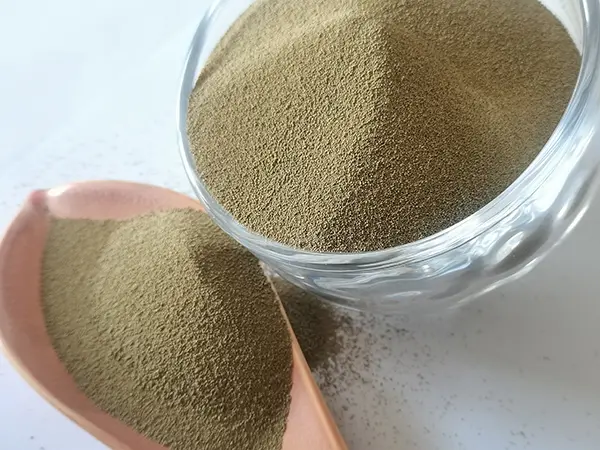The Versatility and Advantages of Ceramsite A Comprehensive Overview
Ceramsite, an innovative lightweight aggregate material, has been garnering attention in various fields, including construction, horticulture, and environmental engineering. Derived from clay, shale, or slate, ceramsite is produced by the sintering process, where these raw materials are heated to high temperatures until they transform into a porous, lightweight structure. This unique composition imparts a range of beneficial properties that make ceramsite an attractive choice for numerous applications.
One of the primary advantages of ceramsite is its lightweight nature compared to conventional aggregates like gravel or concrete. This characteristic significantly reduces the overall weight of construction materials, leading to lower transportation costs and easier handling on-site. In building projects, the use of ceramsite can help minimize structural stress, allowing for more innovative architectural designs and potentially reducing the need for hefty foundations.
Moreover, ceramsite possesses excellent thermal insulation properties
. Its porous structure traps air within its numerous voids, providing a barrier against temperature fluctuations. This quality not only enhances the energy efficiency of buildings but also contributes to a more comfortable indoor environment. By incorporating ceramsite into walls, roofs, and even floors, architects and builders can create energy-efficient buildings that lower heating and cooling costs for homeowners and businesses alike.ceramsite

In horticulture, ceramsite serves as an exceptional growing medium due to its aeration and water retention capabilities. The aggregate is often used in potting mixes for plants, providing a perfect balance of drainage and moisture retention. This is particularly beneficial for root development, as it prevents waterlogging while ensuring that plants have access to essential nutrients. Additionally, ceramsite is inert and pH-neutral, making it an ideal choice for organic gardening practices.
Environmental applications of ceramsite are also noteworthy. It is often utilized in wastewater treatment systems, where its porous structure facilitates the growth of beneficial bacteria that aid in the breakdown of organic matter. By using ceramsite in biofiltration systems, municipalities can improve the quality of treated water while reducing the overall environmental impact.
Furthermore, ceramsite is a sustainable option in construction as it can be produced using recycled materials, helping to reduce waste and promote green building practices. The energy required for its production is significantly lower than that of conventional concrete, making it a more environmentally friendly choice.
In conclusion, ceramsite stands out as a multifunctional material with numerous advantages across various sectors. Its lightweight properties, thermal insulation advantages, effectiveness as a growing medium, and applications in environmental engineering highlight its versatility. As industries continue to seek sustainable and efficient materials, ceramsite is poised to play an increasingly important role in promoting innovation and eco-friendliness in construction and beyond. With its diverse applications, ceramsite is not just a building material but a catalyst for a more sustainable future.
Post time:ກ.ຍ. . 06, 2024 01:31
Next:Investment Casting vs Sand Casting
